VILELA FLOREZ
WALLPAPER* ARCHITECTS’ DIRECTORY 2019: After working together on projects at Herzog & de Meuron, Mariana Vilela and Daniel Fernández Flórez set up their own studio in Brazil, in the small seaside town of Tibau do Sul, in 2014. Their projects, such as Casa Bambu (pictured), are mostly inspired by nature, relationships with local artisans, and indigenous materials.

Casa Bambu, Pipa Beach, Brazil, designed by Vilela Florez, selected for Wallpaper* Architects’ Directory 2019
Most architects in their prime will usually gravitate towards the big smoke where there, presumably, will be greater prospects for major commissions. Mariana Vilela and Daniel Flórez did the reverse, trading their posts at Herzog & de Meuron’s Basel headquarters for a fishing village in an undeveloped part of north-east Brazil.
The move though, has allowed them to think more deeply about the relationship between architecture, local artisans, sustainability and local materials – an algorithm that very much informs the projects of their studio, Vilela Flórez. The architects say the clearest expression of this approach to date is the Casa Bambu, an extension of an existing home in Pipa Beach, in Brazil’s Rio Grande do Norte.
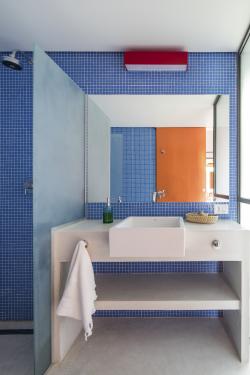
Here, bamboo was the material of choice for both its rapid growth and its structural resistance. ‘It’s one of the most sustainable natural materials,’ the architects say. ‘In Brazil you can find easily bamboo but very few companies are investing in their treatment and protection in order to preserve the material against climate and insects.’
‘It’s all about the reinterpretation of local and traditional values in a contemporary way’
VILELA FLOREZ
The clients, a couple who spend most of the year on a sailboat gliding across the Mediterranean, wanted comfortable, unpretentious living areas where they would relax and host outdoor lunch parties. To that end, Vilela and Flórez conceived a rectangular volume of herringboned bamboo panels, eucalyptus and Portuguese mosaic stone to which they attached a rough-hewn gazebo. ‘We oriented the main openings toward the east and the prevailing winds, and protected the interiors from the strong sun.
The idea to have a ventilated bamboo façade came from the fact that there are no surrounding elements to shade the whole envelope. With this feature, the whole building is much cooler from the constant breeze, requiring minimal use of air conditioning.’ In every respect, the architects say, Casa Bambu reflects a bias towards local elements and constructive solutions, while pushing design boundaries. ‘It’s all about a fresh approach and reinterpretation of local and traditional values in a contemporary way.’



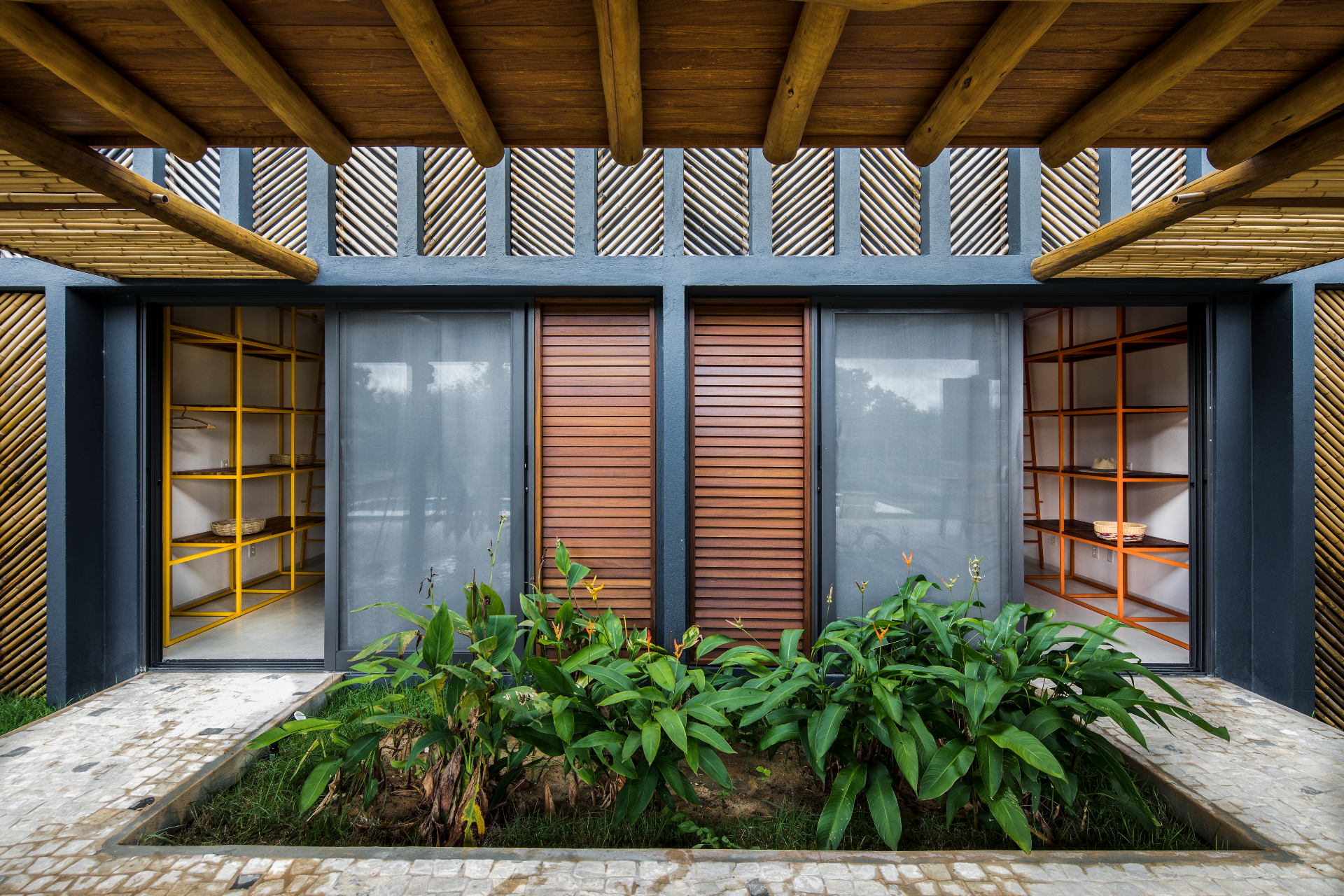
INFORMATION
WALLPAPER* ARCHITECTS’ DIRECTORY 2019
Receive our daily digest of inspiration, escapism and design stories from around the world direct to your inbox.
Daven Wu is the Singapore Editor at Wallpaper*. A former corporate lawyer, he has been covering Singapore and the neighbouring South-East Asian region since 1999, writing extensively about architecture, design, and travel for both the magazine and website. He is also the City Editor for the Phaidon Wallpaper* City Guide to Singapore.
-
 Inside Christian de Portzamparc’s showstopping House of Dior Beijing: ‘sculptural, structural, alive’
Inside Christian de Portzamparc’s showstopping House of Dior Beijing: ‘sculptural, structural, alive’Daven Wu travels to Beijing to discover Dior’s dramatic new store, a vast temple to fashion that translates haute couture into architectural form
-
 A music player for the mindful, Sleevenote shuns streaming in favour of focused listening
A music player for the mindful, Sleevenote shuns streaming in favour of focused listeningDevised by musician Tom Vek, Sleevenote is a new music player that places artist intent and the lost art of record collecting at the forefront of the experience
-
 Take a tour of the 'architectural kingdom' of Japan
Take a tour of the 'architectural kingdom' of JapanJapan's Seto Inland Sea offers some of the finest architecture in the country – we tour its rich selection of contemporary buildings by some of the industry's biggest names
-
 A spectacular new Brazilian house in Triângulo Mineiro revels in the luxury of space
A spectacular new Brazilian house in Triângulo Mineiro revels in the luxury of spaceCasa Muxarabi takes its name from the lattice walls that create ever-changing patterns of light across its generously scaled interiors
-
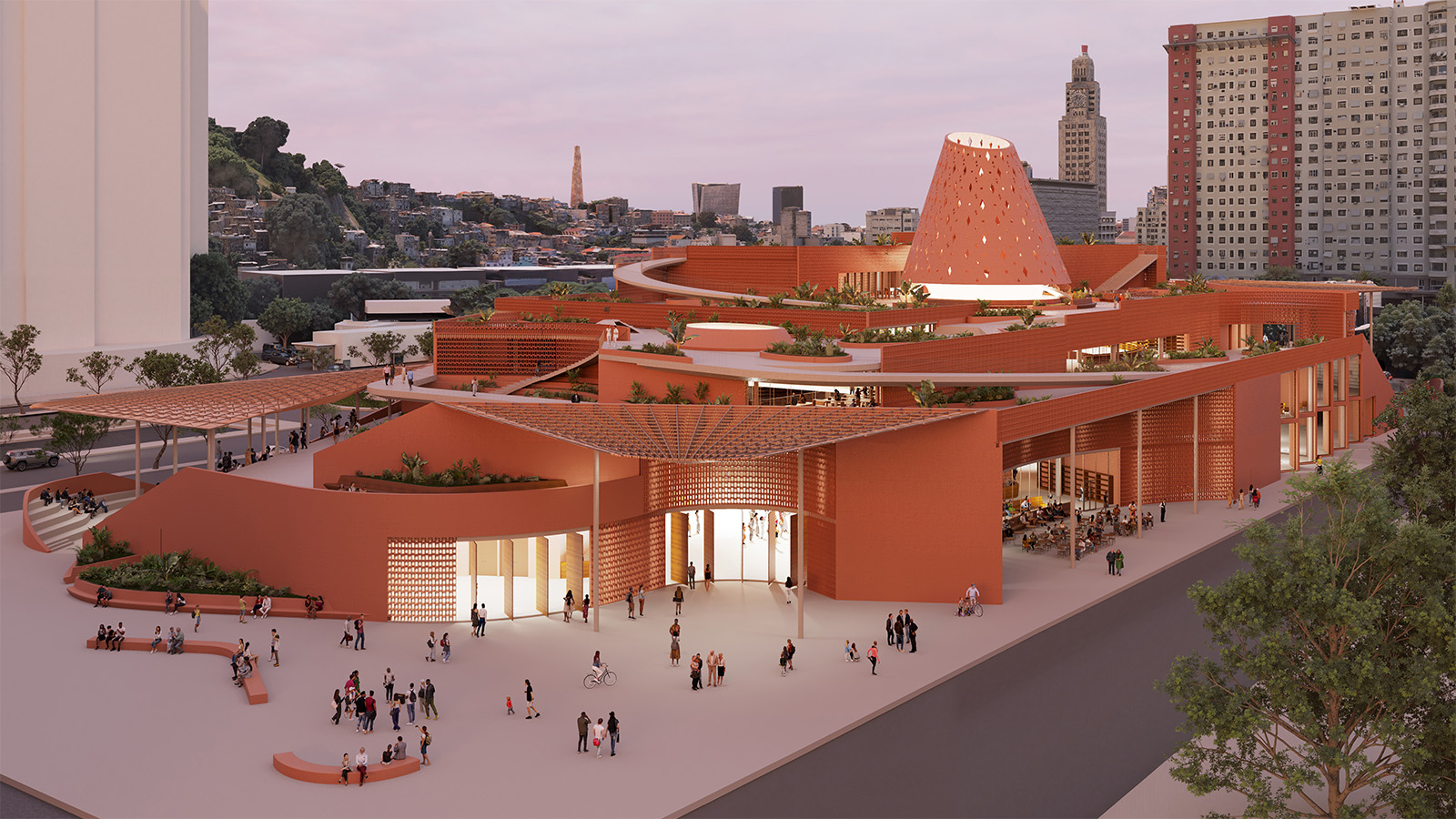 An exclusive look at Francis Kéré’s new library in Rio de Janeiro, the architect’s first project in South America
An exclusive look at Francis Kéré’s new library in Rio de Janeiro, the architect’s first project in South AmericaBiblioteca dos Saberes (The House of Wisdom) by Kéré Architecture is inspired by the 'tree of knowledge', and acts as a meeting point for different communities
-
 A Brasília apartment harnesses the power of optical illusion
A Brasília apartment harnesses the power of optical illusionCoDa Arquitetura’s Moiré apartment in the Brazilian capital uses smart materials to create visual contrast and an artful welcome
-
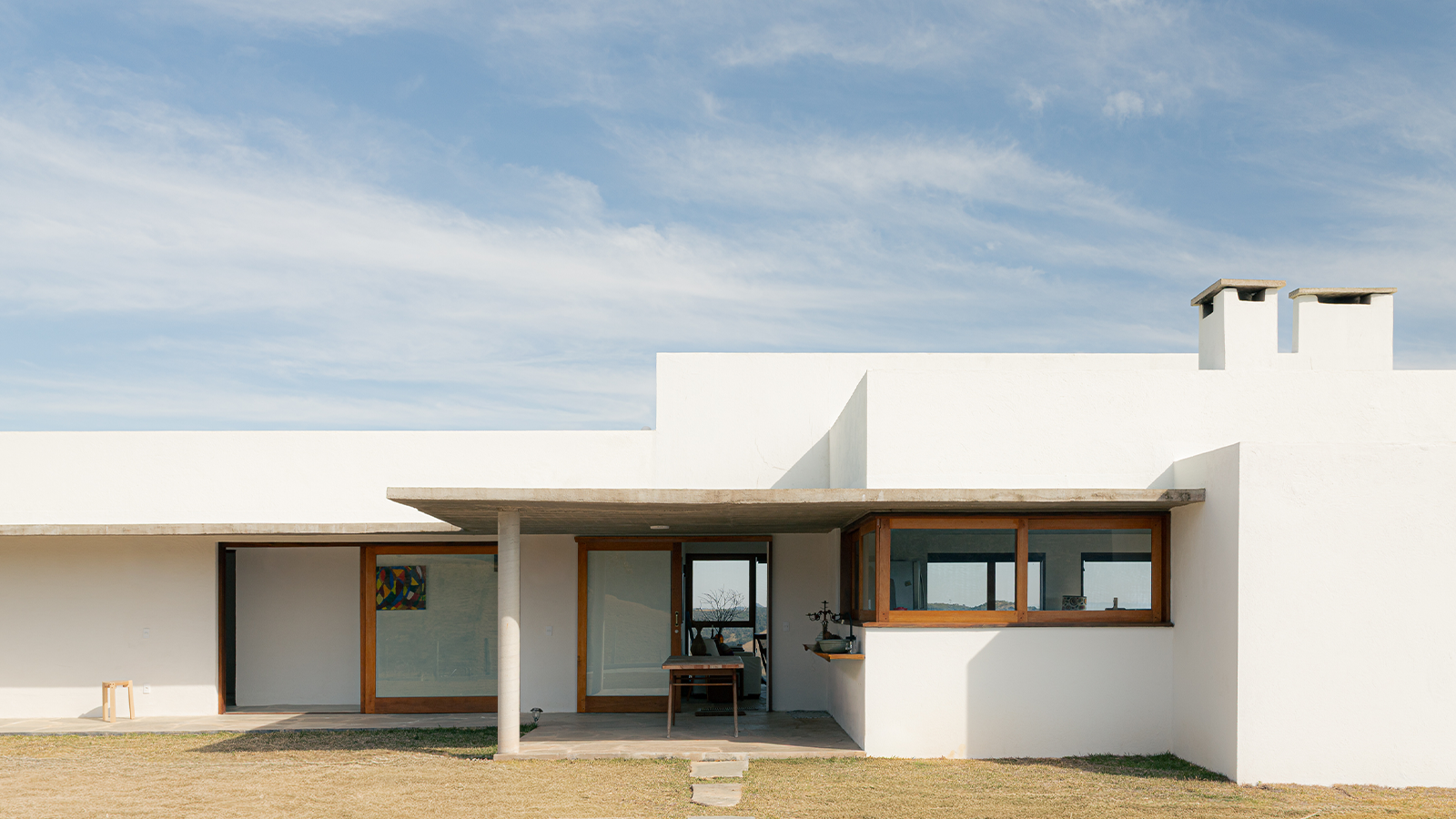 Inspired by farmhouses, a Cunha residence unites cosy charm with contemporary Brazilian living
Inspired by farmhouses, a Cunha residence unites cosy charm with contemporary Brazilian livingWhen designing this home in Cunha, upstate São Paulo, architect Roberto Brotero wanted the structure to become 'part of the mountains, without disappearing into them'
-
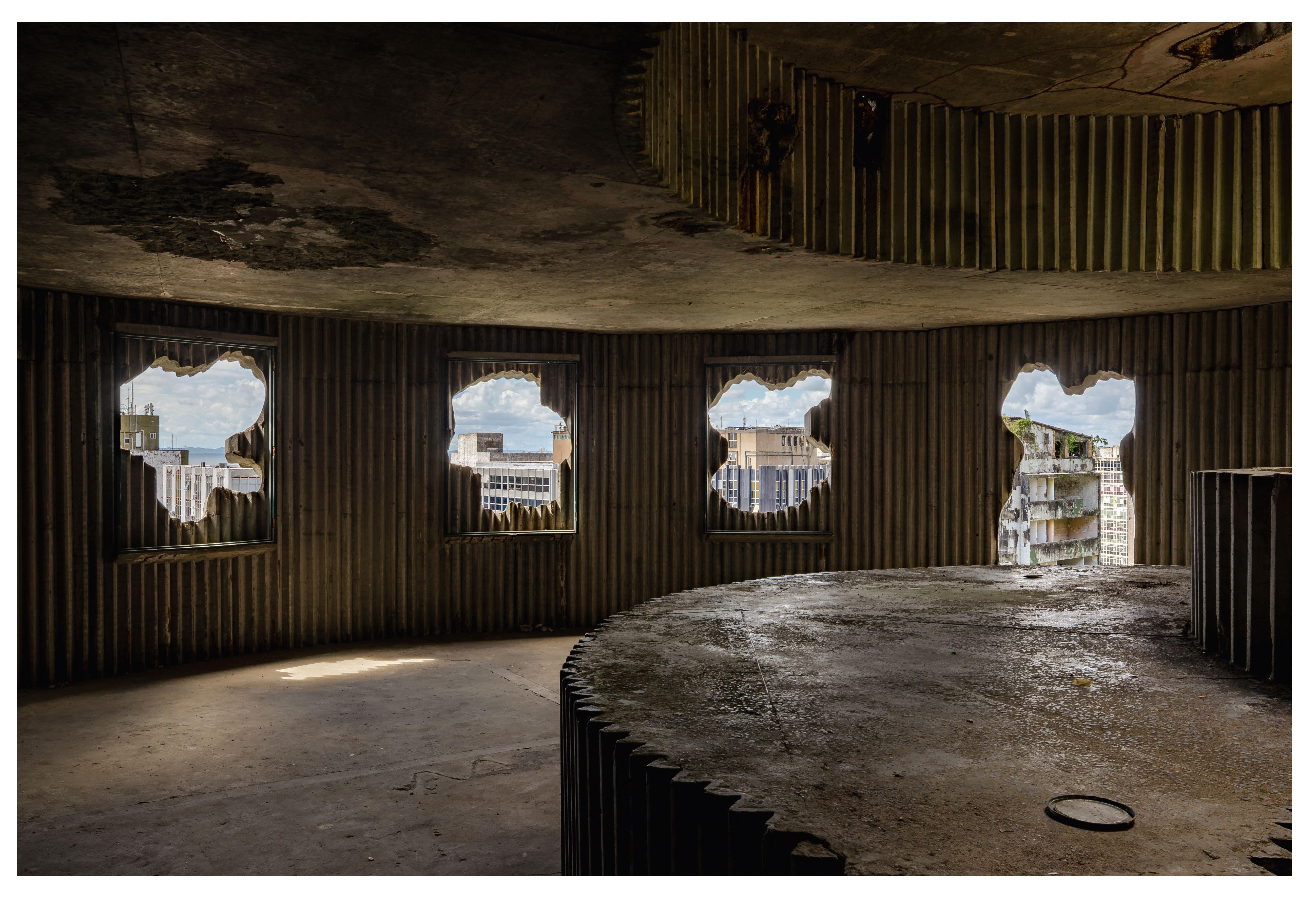 Arts institution Pivô breathes new life into neglected Lina Bo Bardi building in Bahia
Arts institution Pivô breathes new life into neglected Lina Bo Bardi building in BahiaNon-profit cultural institution Pivô is reactivating a Lina Bo Bardi landmark in Salvador da Bahia in a bid to foster artistic dialogue and community engagement
-
 Tropical gardens envelop this contemporary Brazilian home in São Paulo state
Tropical gardens envelop this contemporary Brazilian home in São Paulo stateIn the suburbs of Itupeva, Serena House by architects Padovani acts as a countryside refuge from the rush of city living
-
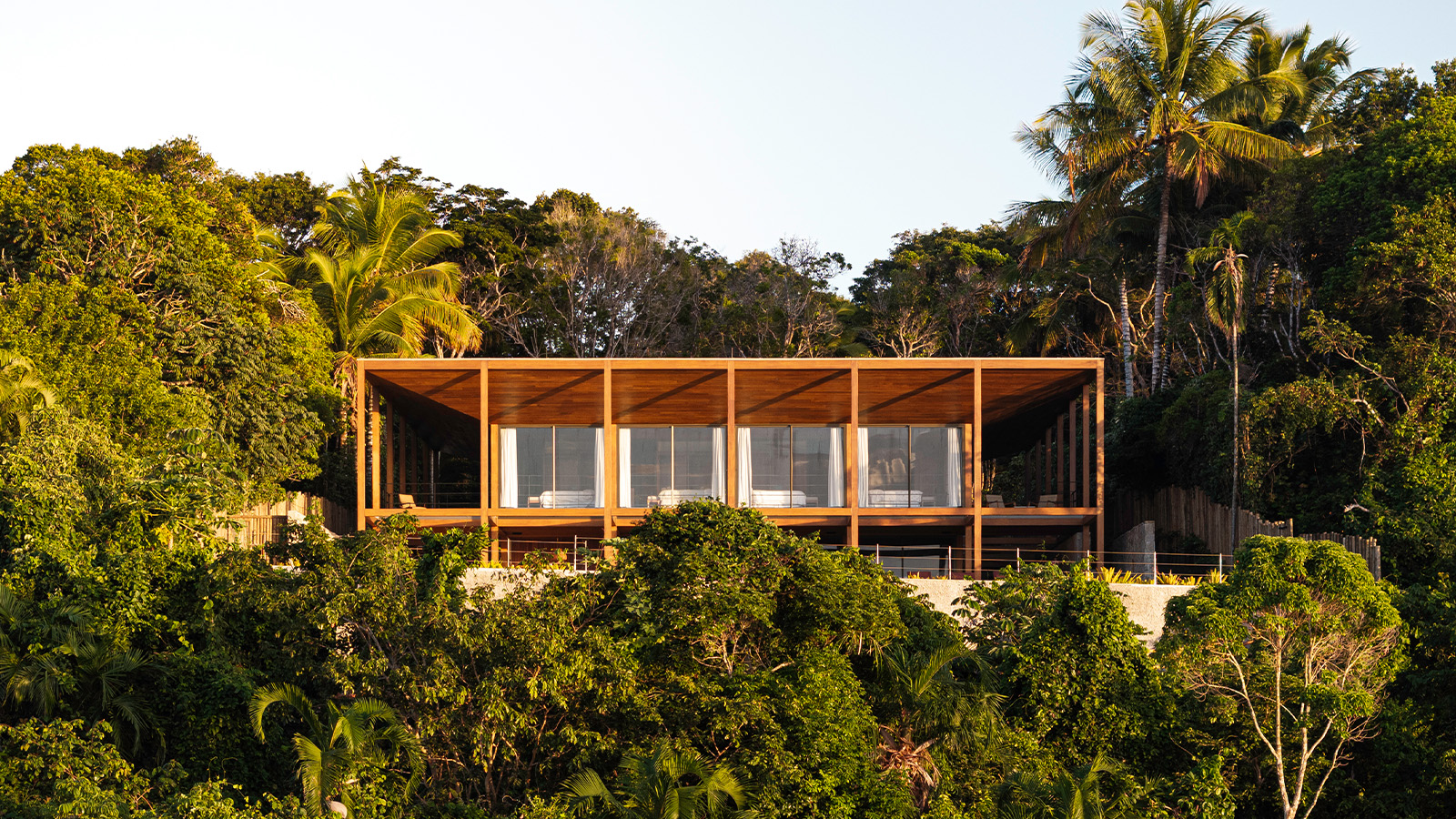 Itapororoca House blends seamlessly with Brazil’s lush coastal landscape
Itapororoca House blends seamlessly with Brazil’s lush coastal landscapeDesigned by Bloco Arquitetos, Itapororoca House is a treetop residence in Bahia, Brazil, offering a large wrap-around veranda to invite nature in
-
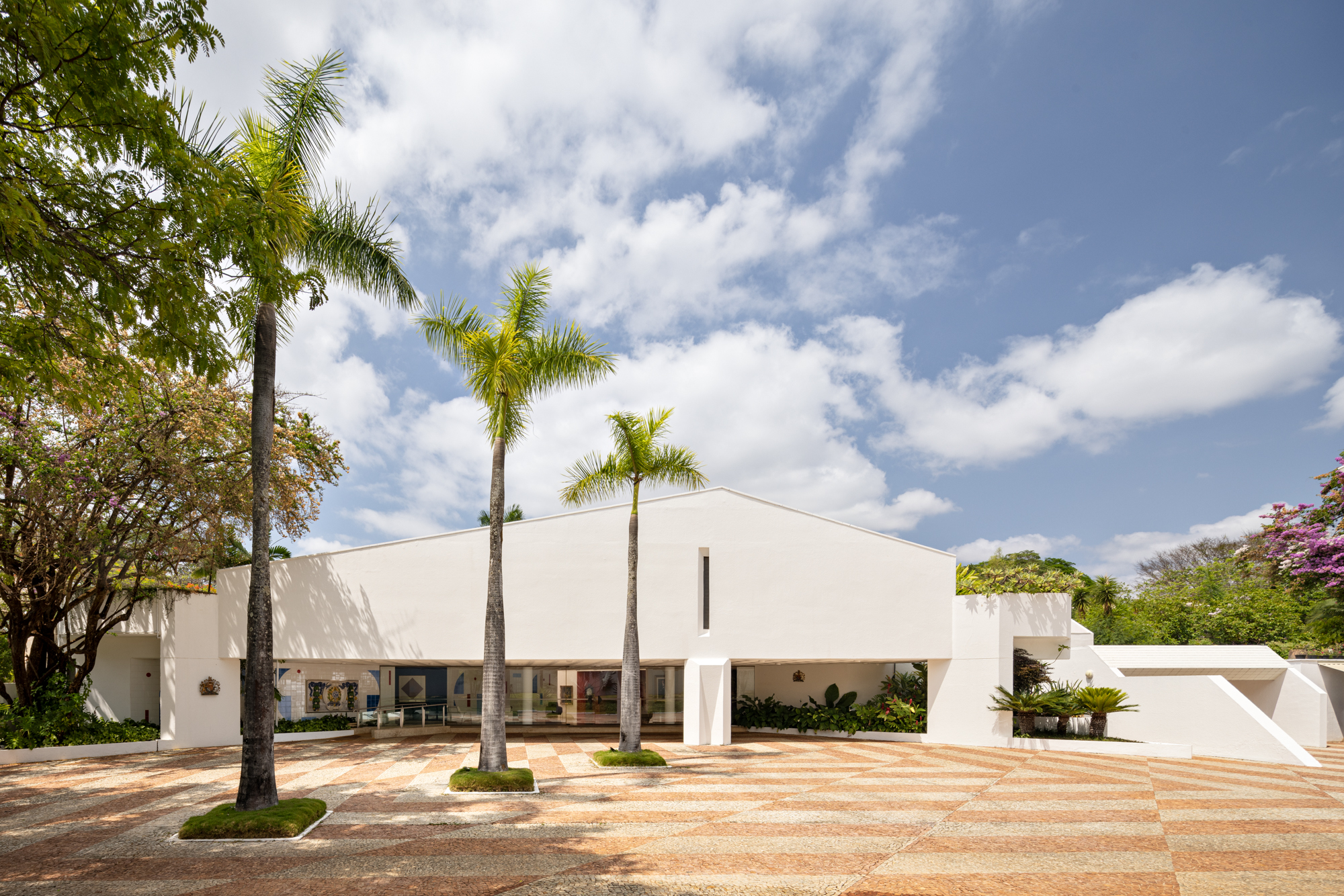 A postmodernist home reborn: we tour the British embassy in Brazil
A postmodernist home reborn: we tour the British embassy in BrazilWe tour the British Embassy in Brazil after its thorough renovation by Hersen Mendes Arquitetura, which breathes new life into a postmodernist structure within the country's famous modernist capital